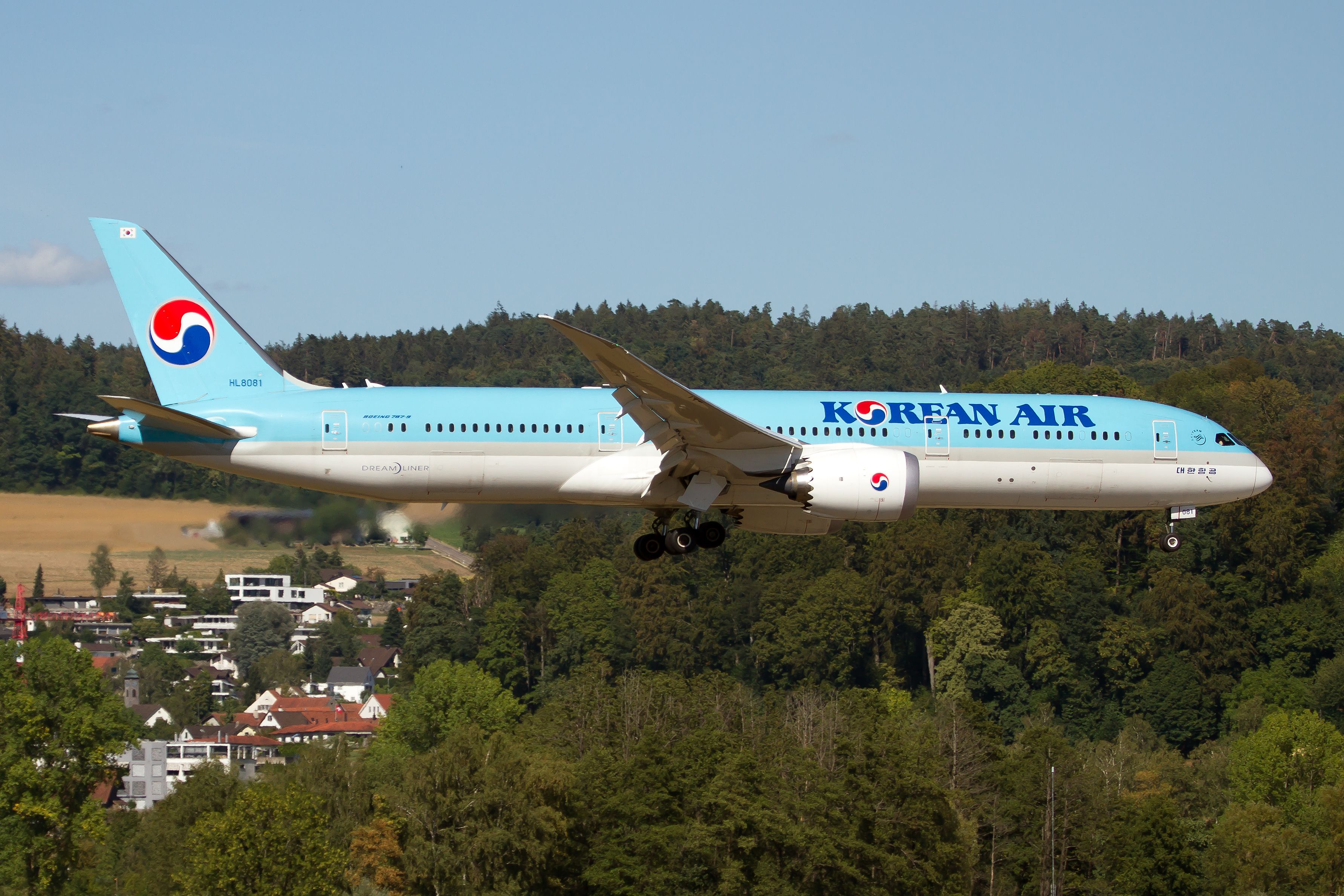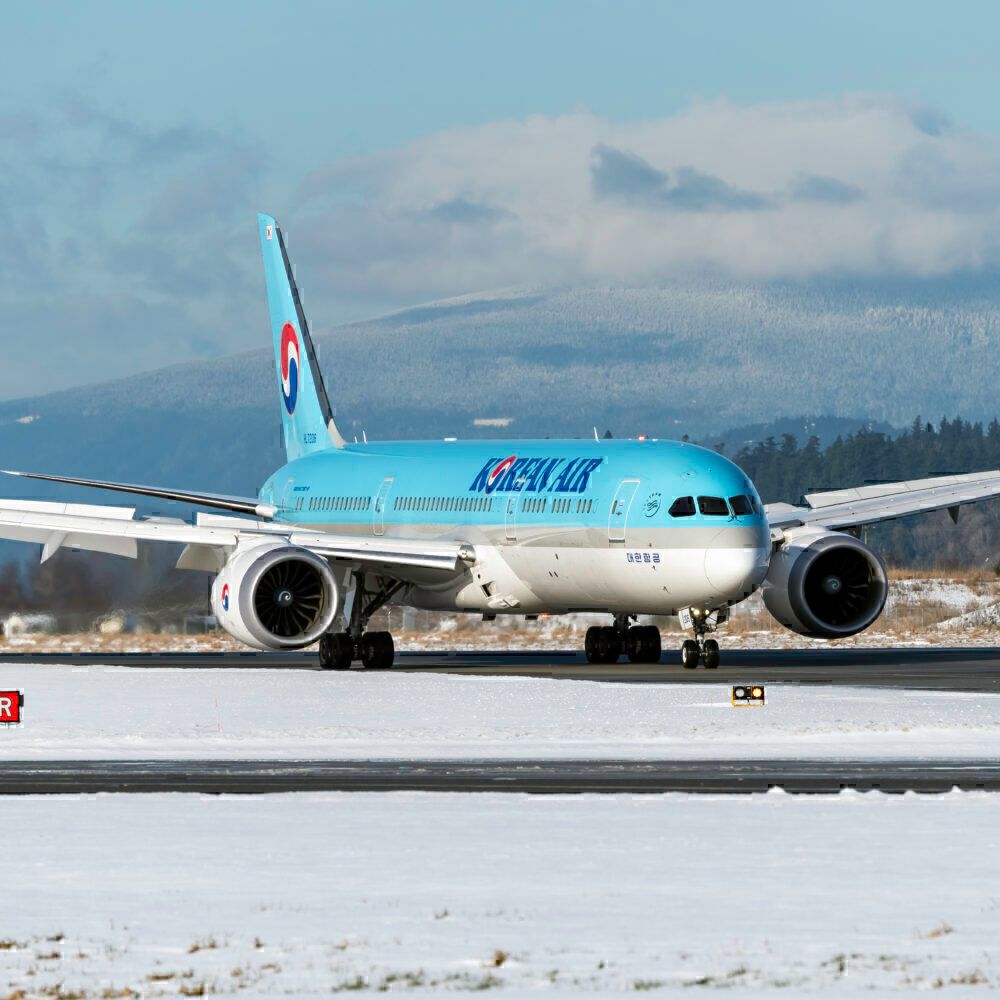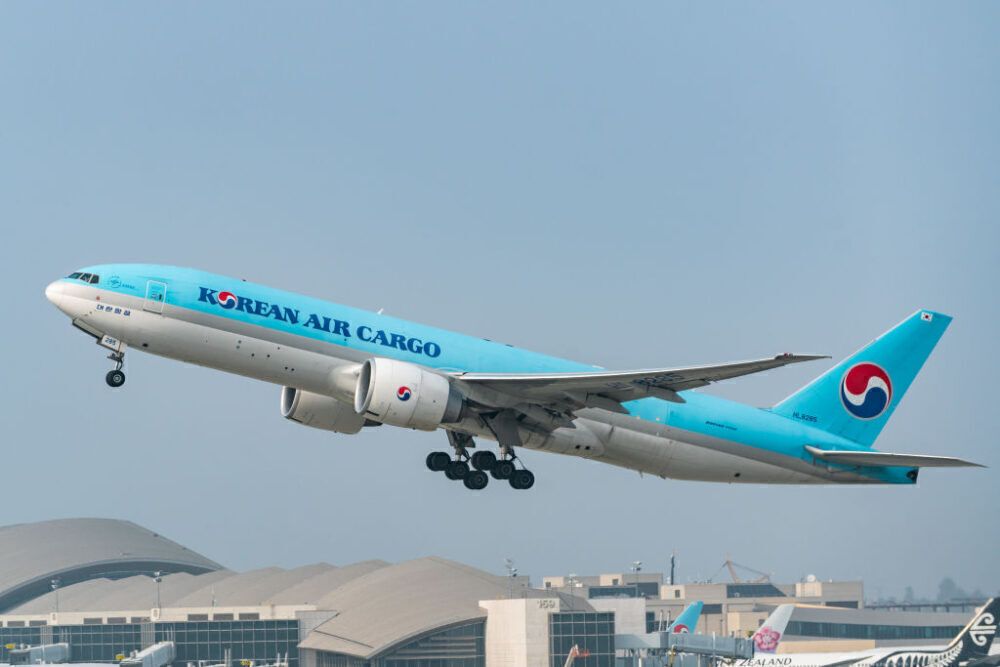Korean Air is the latest Asian carrier to rebound impressively, with Q2 operating profit nearly four times higher than last year. For the quarter April to June (Q2), Korean Air reported an operating profit of KRW 735.9 billion ($569.2 million), up from KRW 196.9 billion ($152.3 million) in Q2 last year.
To produce that operating profit, Korean Air earned total revenue of KRW 3.3 trillion ($2.57 billion), 71% ahead of Q2 2021. Operating expenses climbed to KRW 2.59 trillion ($2 billion), and net income came in at KRW 450.4 billion ($348.4 million). In its review, Korean Air said:
"Despite continued high oil prices and volatile exchange rates over the course of the second quarter, the airline's gradual recovery in passenger demand and robust cargo demand led to improved results year on year."
Cargo revenue is the bright spot for Korean Air
The COVID pandemic has highlighted how important cargo operations can be, which is undoubtedly the case at Korean Air. For Q2, cargo revenue was KRW 2.17 trillion ($1.67 billion) or 66% of total revenue, while passenger revenue contributed KRW 874 billion ($672 million) and other revenue KRW 287 billion ($220 million). In Q2 2021, total revenue was KRW 1.95 trillion ($1.5 billion), with cargo accounting for 77% and passenger revenue 11%.
Cargo revenue increased by 44% year on year, despite the supply chain disruptions caused by the prolonged war in Ukraine and the lockdowns in China. Korean Air overcame those by strategically shifting its focus to transporting high-demand emergency relief supplies, automobile parts, semiconductors, and electronics. Its fastest growing and most popular cargo routes are between Asia and the Americas, followed by Europe and Southeast Asia. The airline has a cargo fleet of 23 Boeing Freighters, including four B747Fs, seven B747-8Fs, and 12 B777Fs.
Discover more aviation news here!
Passenger demand to the Americas is leading the way
While no match for cargo, passenger revenue recorded a healthy 307% year-on-year increase. However, the airline expects it to recover more slowly in the second half of 2022 than initially forecasted. It attributes that to the ongoing impact of the pandemic, which is no doubt a reference to the zero-COVID policy of its near neighbor China. The highest passenger volumes are to the Americas, followed by Southeast Asia, with domestic traffic just ahead of Europe. Regarding sales, 52% came from the Americas, 17% from Southeast Asia, 15% from domestic, and 10% from Europe. Sales on routes to China produced just 2% of Korean Air's Q2 sales.
Passenger load factor for Q2 reached 80%, closing in on the 83% it achieved in Q2 2019. The airline is cautiously adding capacity, planning to be around 50% of pre-COVID capacity by September. After that, it says it will continue "to respond flexibly to demand." At the end of June, Korean Air reported it had a fleet of 131 passenger aircraft. The Airbus fleet included ten A220s, 10 A380s, and 30 A330s. From Boeing, it has 18 B737s, three B737 MAX 8s, nine B747-8Is, 41 B777s, and ten B787-9s.
Looking ahead
Increasing passenger aircraft also presents extra cargo capacity, which Korean Air expects to fill. Looking to the rest of 2022, the airline said it would look to maximize profit by utilizing scheduled passenger services, operating routes based on regional demand and capacity fluctuations, and through fleet optimization.




-PACE.jpeg)